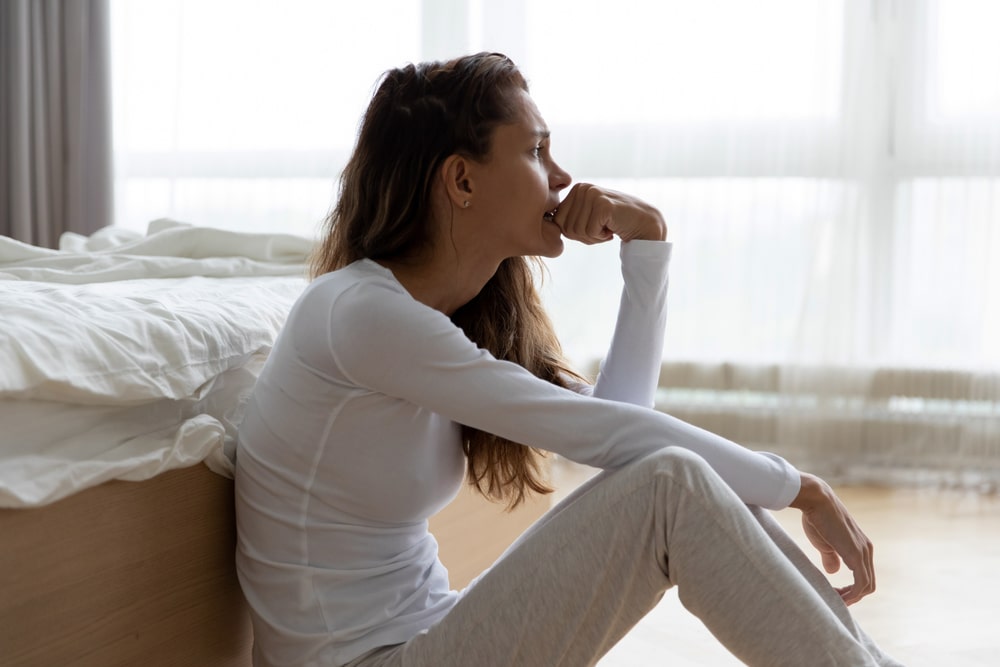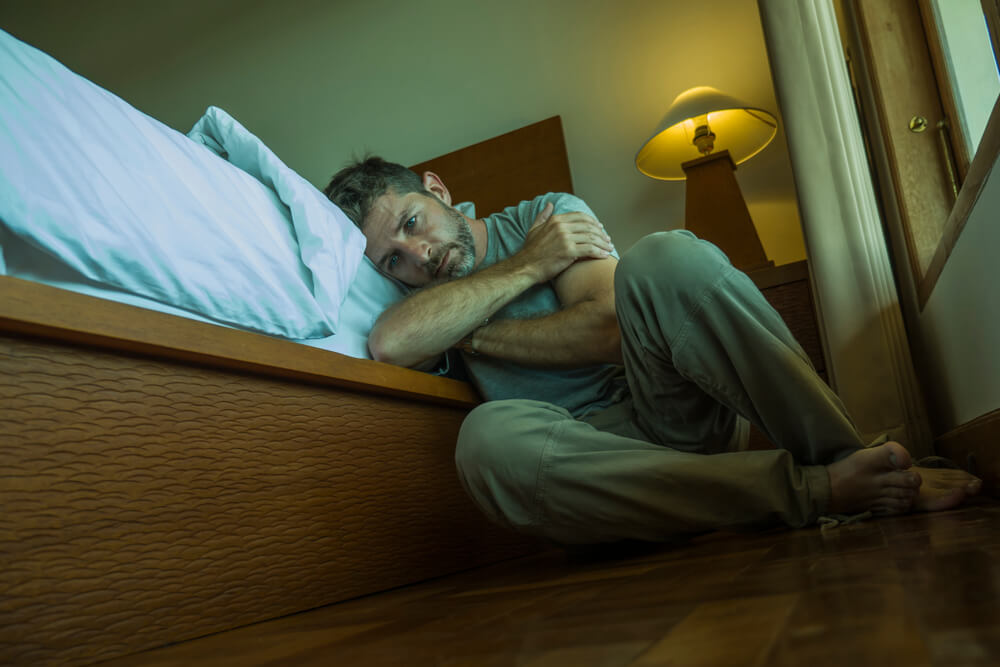
Pain is a multidimensional experience that involves sensory, cognitive, and affective factors. The International Association for the Study of Pain (IASP) defines pain as “an unpleasant sensory and emotional experience associated with, or resembling that associated with, actual or potential tissue damage.” Pain is typically classified as either acute or chronic. Acute pain is of sudden onset that is usually the result of a clearly defined cause. Acute pain dissipates within six months, and fully resolves when the underlying cause has been treated or has healed. Chronic pain is defined as “pain that lasts more than several months (variously defined as 3 to 6 months, but certainly longer than ‘normal healing’).” To discern the prevalence of chronic pain in America, the Centers for Disease Control and Prevention (CDC) analyzed data from the 2016 National Health Interview Survey which found an estimated 20.4% (50 million) U.S. adults had chronic pain. The symptoms of chronic pain are essentially caused by a miscommunication between one’s brain and central nervous system. Chronic pain can manifest anywhere in one’s body. Experts assert that untreated chronic pain can profoundly affect a person’s quality of life and overall well-being.
Anxiety
Anxiety is the body’s natural response to stress. As defined in the Oxford English Dictionary, anxiety is “a feeling of worry, nervousness, or unease, typically about an imminent event or something with an uncertain outcome.” Anxiety will manifest differently in different people. The feelings of anxiety can range from mild to severe. While fleeting anxiety is unavoidable, it is atypical for an individual to experience frequent, intense, debilitating, persistent worries and/ or fears related to everyday situations, and such anxiety could be indicative of an anxiety disorder.
The Connection
The relationship between chronic pain and anxiety is often cyclical. Empirical evidence suggests that anxiety plays an important role in the exacerbation of pain perception. Studies have found a clear link between exposure to toxic stress and the development of chronic pain. For example, toxic stress causes continuous activation of the nervous system which can lower the body’s pain threshold and trigger problematic physiological reactions (e.g., muscle tension and spasms), worsening many types of chronic pain. On the other hand, the stress of living with chronic pain can lead to feelings of anxiety or precipitate an anxiety disorder. Chronic pain is known to cause structural and functional changes in the brain, disrupting the communication between brain cells, and hindering one’s ability to effectively process emotions, including anxiety. According to data published in 2023, an estimated 35% of patients with chronic pain experience anxiety. Increased chronic pain levels tend to worsen anxiety, and anxiety often leads to more frequent and/ or severe pain.
Treatment In Calabasas
Calabasas is a city in California. It is a well-known suburb of Los Angeles, located west of the San Fernando Valley and north of the Santa Monica Mountains. Over the past decade, the city of Calabasas has grown in its reputation for luxury as well as for privacy which makes it a hidden gem for residential living for society’s elite, and one of the most desirable destinations in Los Angeles County. It is also home to a plethora of highly qualified mental health clinicians providing an array of therapeutic services and treatment options.
The information above is provided for the use of informational purposes only. The above content is not to be substituted for professional advice, diagnosis, or treatment, as in no way is it intended as an attempt to practice medicine, give specific medical advice, including, without limitation, advice concerning the topic of mental health. As such, please do not use any material provided above to disregard professional advice or delay seeking treatment.









